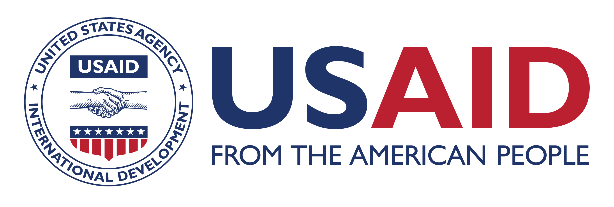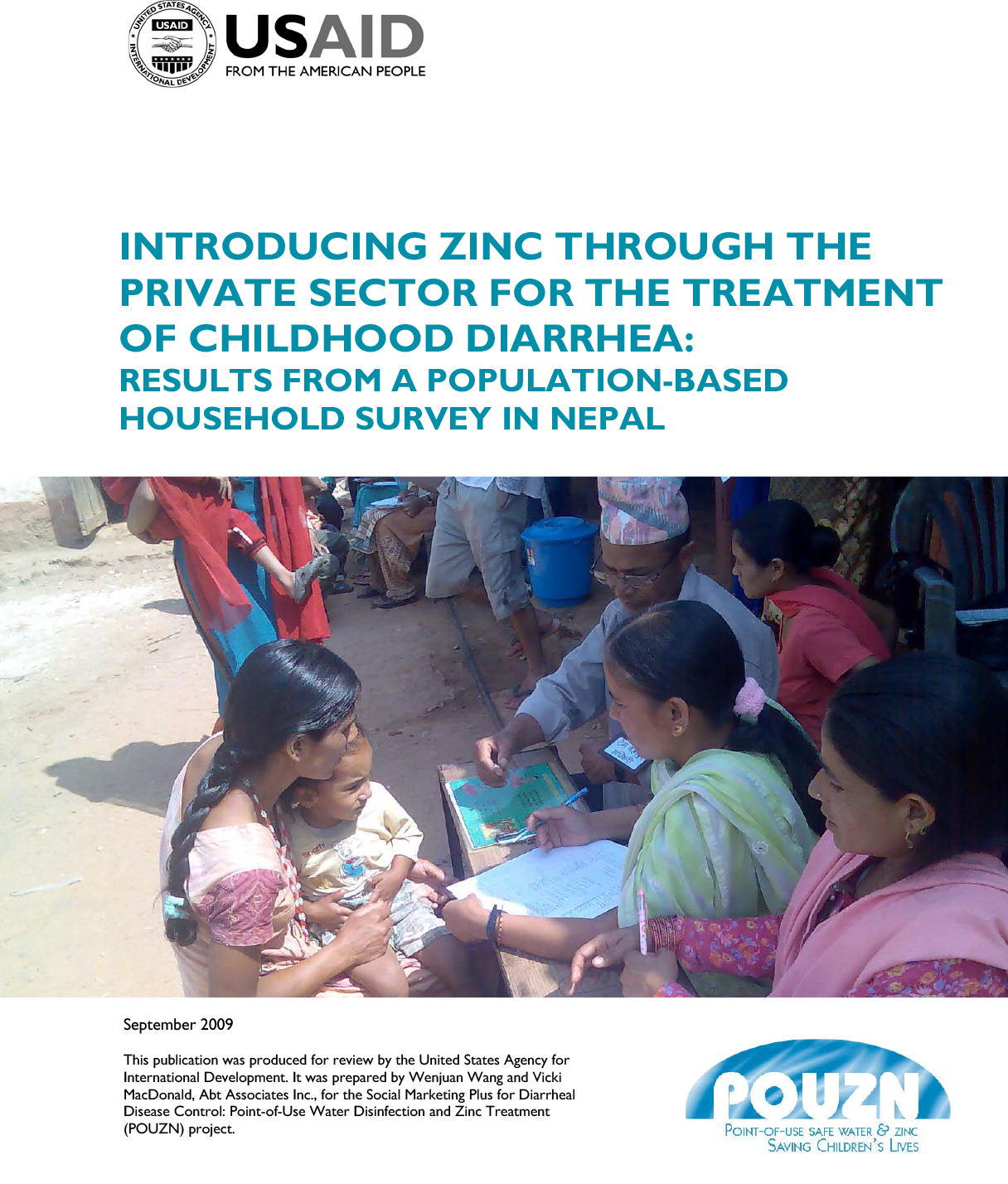
Resource Library
Introducing Zinc Through the Private Sector for the Treatment of Childhood Diarrhea: Results From a Population-Based Household Survey in Nepal
Every year approximately 1.7 million children die as a result of diarrhea and dehydration. In the majority of cases, these deaths are preventable, yet diarrhea remains one of the leading causes of death among children under five. In May 2004, WHO/UNICEF issued a joint statement recommending the use of zinc, an essential micronutrient for human growth, development and maintenance of the immune system, and a new formulation oral rehydration solution (ORS) with reduced levels of glucose and salt, as a twopronged approach to improved case management of acute diarrhea in children. While a few small-scale pilot programs had been implemented in limited number of countries, none had gone to scale, and the critical question remained: how does one introduce zinc treatment in different settings and ensure correct use by caregivers? The USAID-funded, Abt Associates-led Social Marketing Plus for Diarrheal Disease Control: Point-of-Use Water Disinfection and Zinc Treatment (POUZN) Project was the first project to move beyond pilot efforts into a scaled-up program with national reach in Nepal, where diarrhea is a leading cause of childhood morbidity and mortality, impacting 12 percent of the under-five population and causing 787,000 episodes and 30,000 deaths annually. The POUZN project, in collaboration with Nepal's Ministry of Health and Population, launched a pilot project in three heavily populated districts in December 2006. In April 2008, POUZN successfully expanded its program to 30 districts encompassing 50 percent of the population in Nepal and promoted zinc through innovative strategies including partnering with local manufacturers, launching a national behavior change communication campaign and training over 8,000 private sector health providers. This research study aims to assess the progress that POUZN made in improving knowledge about and the practice of using zinc, and to investigate barriers to and motivations for uptake of zinc therapy. The study findings have important implications for designing future zinc promotion programs in development settings.
Resource Type : Report
Country : Nepal
Year : 2010-01-13T12:45:00
Language : English
Project : SHOPS


